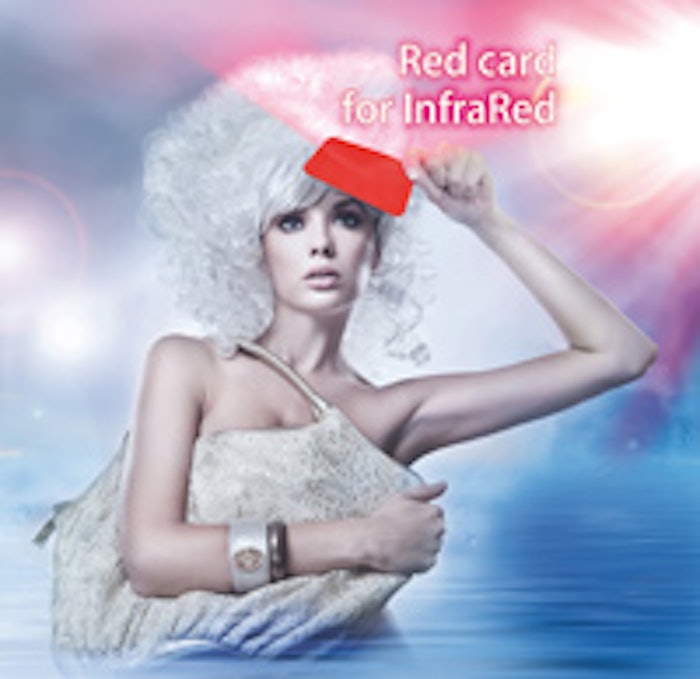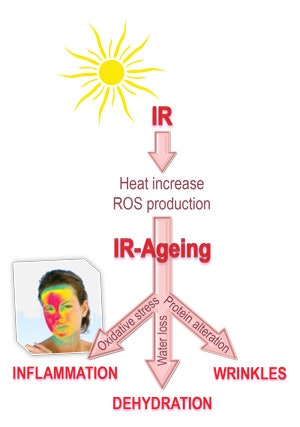
By 1500 BC, the Egyptians were already protecting their skin from the sun using inorganic clays and mineral powders. Of course it was only for aesthetic reasons as they considered lighter skin as more attractive than darker skin. It was in 1918 and 1922, respectively, that Norman Paul, an Australian, linked sun exposure to cancer and two German researchers first reported a causal link between UV light and sunburn. It was not until 1936 that Eugene Schueller, the French founder of L’Oréal, was credited with inventing the first sunscreen, and in 1980 Coppertone (USA) commercialized the first UVA/UVB sunscreen.
This timeline shows that from the first mineral sunscreens used by the Egyptians to the current more sophisticated ultraviolet organic sunscreens, progress has been made in terms of sun protection, and a deeper knowledge of skin physiology has been acquired in the process. UVA and UVB radiation damage on the skin are now clearly identified, but it was not until recently that infrared radiation (IR) has been associated with premature aging. Indeed, representing more than half of the rays emitted by the sun, infrared radiation has long been considered harmless, but it has now been identified as a major contributor to photodamage.
In 2012, Lancaster® was a pioneer by launching the first anti-infrared sun line: “Infrared Technology.” Since then, some companies have been following this trend by looking for protection from infrared rays in addition to UV. Indeed, the damaging effects of IR on skin make it evident that UVB-UVA sunscreen will not be sufficient anymore.
Thanks to new tests performed in 2013, Venuceane™, Sederma’s anti-aging active ingredient that offers protection against ultraviolet (UV) damage, has demonstrated to be also highly efficient against IR aging.
Both UV and IR induce skin damage but in different ways. IR radiation:
- Induces ROS production by targeting the mitochondria, which leads to oxidative stress and inflammation
- Generates a heat increase, which catalyzes many aging processes and increases dehydration
- Penetrates deeper into the skin for more extensive damage on the structural proteins of the dermis
Therefore, an efficient IR protection requires specialized strategies for which Venuceane™ has successfully demonstrated its effectiveness.
Obtained from the culture of Thermus thermophilus, a microorganism which lives in the deep sea under extreme conditions, Venuceane™ is a biotechnological multifunctional and heat-stable ferment. It complies with the Chinese regulation for cosmetic ingredients.
Venuceane™ meets expectations for a new generation of photo-protection based on UV and IR protection. It seems to be the most comprehensive active ingredient to effectively fight against photo-aging, especially when associated with Solaveil™, one of the best UV shields available.
Disclaimer:
The above paid-for content was produced by and posted on behalf of the Sponsor. Content provided is generated solely by the Sponsor or its affiliates, and it is the Sponsor’s responsibility for the accuracy, completeness and validity of all information included. Global Cosmetic Industry takes steps to ensure that you will not confuse sponsored content with content produced by Global Cosmetic Industry and governed by its editorial policy.











